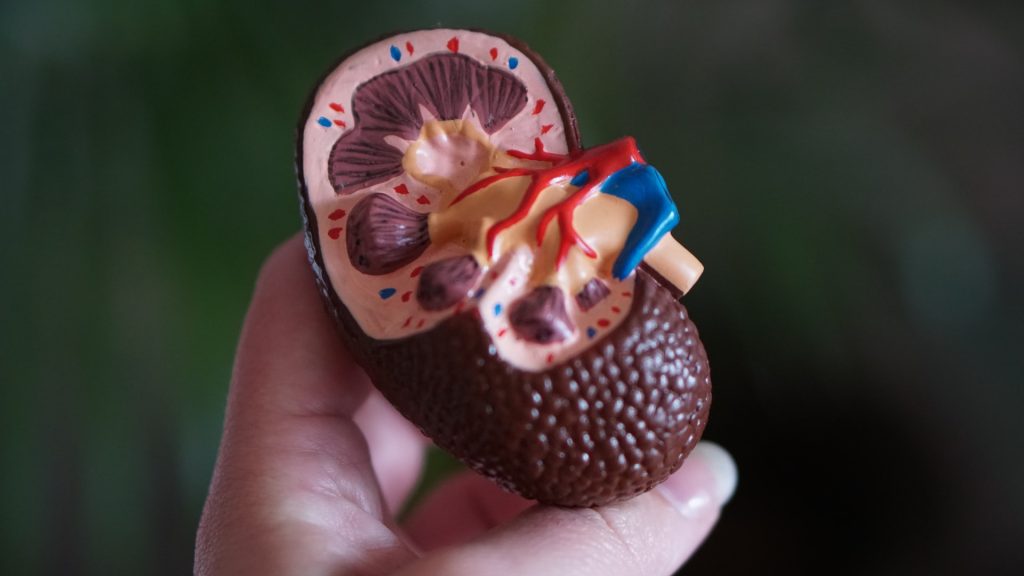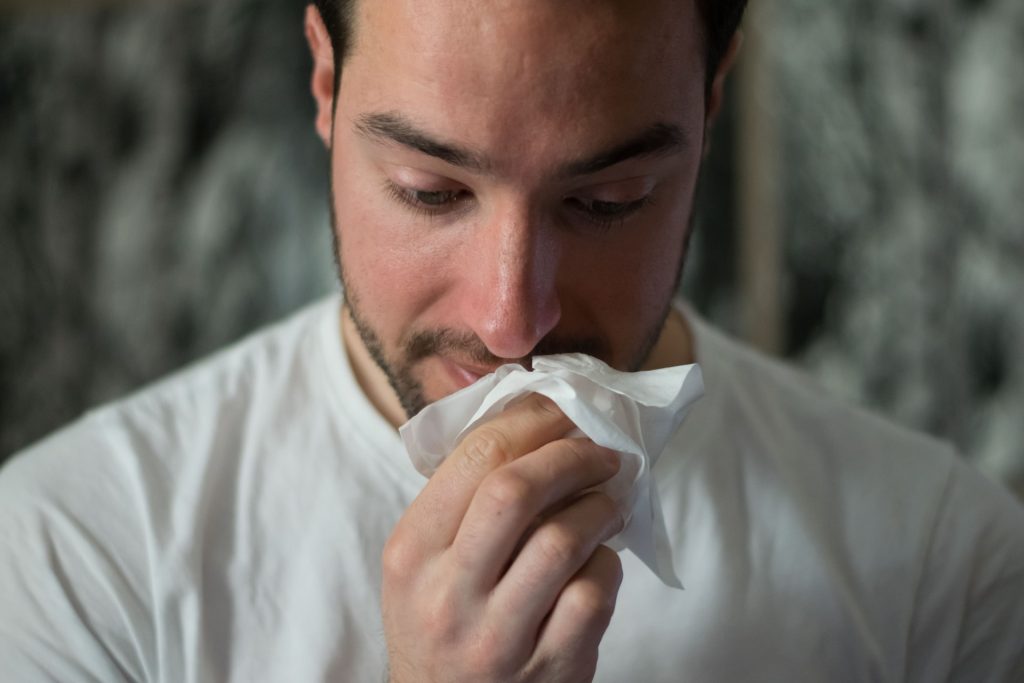Environmental Monitoring Offers Low-cost Tool for Typhoid Fever Surveillance
Detection of the viruses that infect the typhoid fever bacterium in sewage indicates disease burden

Researchers can accurately track where typhoid fever cases are highest by monitoring environmental samples for viruses called bacteriophages that specifically infect the bacterium that causes typhoid fever. Senjuti Saha of the Child Health Research Foundation in Bangladesh and colleagues report these findings in a new study published February 15 in the open access journal PLOS Neglected Tropical Diseases.
Typhoid fever is a common infection in many low- and middle-income countries and causes an estimated 135 000 deaths and 14 million infections globally each year. The World Health Organization has prequalified two typhoid vaccines, but for policymakers to plan effective vaccination strategies, they need accurate, high-resolution estimates of where the burden is highest.
Traditionally, people have cultured the bacterium that causes typhoid fever from blood samples to determine where the infection is most common, but in the new paper, researchers tried a more cost-effective surveillance approach. They tested environmental water samples from sewage and other locations to detect bacteriophages specific to the water-borne pathogen that causes typhoid fever, Salmonella Typhi.
The team tested 303 water samples from two locations in Bangladesh: the urban capital city, Dhaka, and a rural district, Mirzapur. They found that bacteriophages specific for Salmonella Typhi were present in 31% of environmental samples in Dhaka, compared to just 3% of samples from Mirzapur. This corresponds to results from more than 8,400 blood cultures, in which 5% of cultures from Dhaka and 0.05% from Mirzapur tested positive.
The new results suggest that detecting bacteriophages specific for Salmonella Typhi may be a rapid environmental surveillance method that could help decision makers understand the presence of typhoid fever in the community. The researchers propose that environment monitoring of bacteriophage could be a simple, cost-effective and scalable tool to assist policy decisions on typhoid control.
The authors add: “Looking for bacteriophages in wastewater is a low-cost method for identifying typhoid hotspots without doing expensive blood cultures on thousands of people.”









